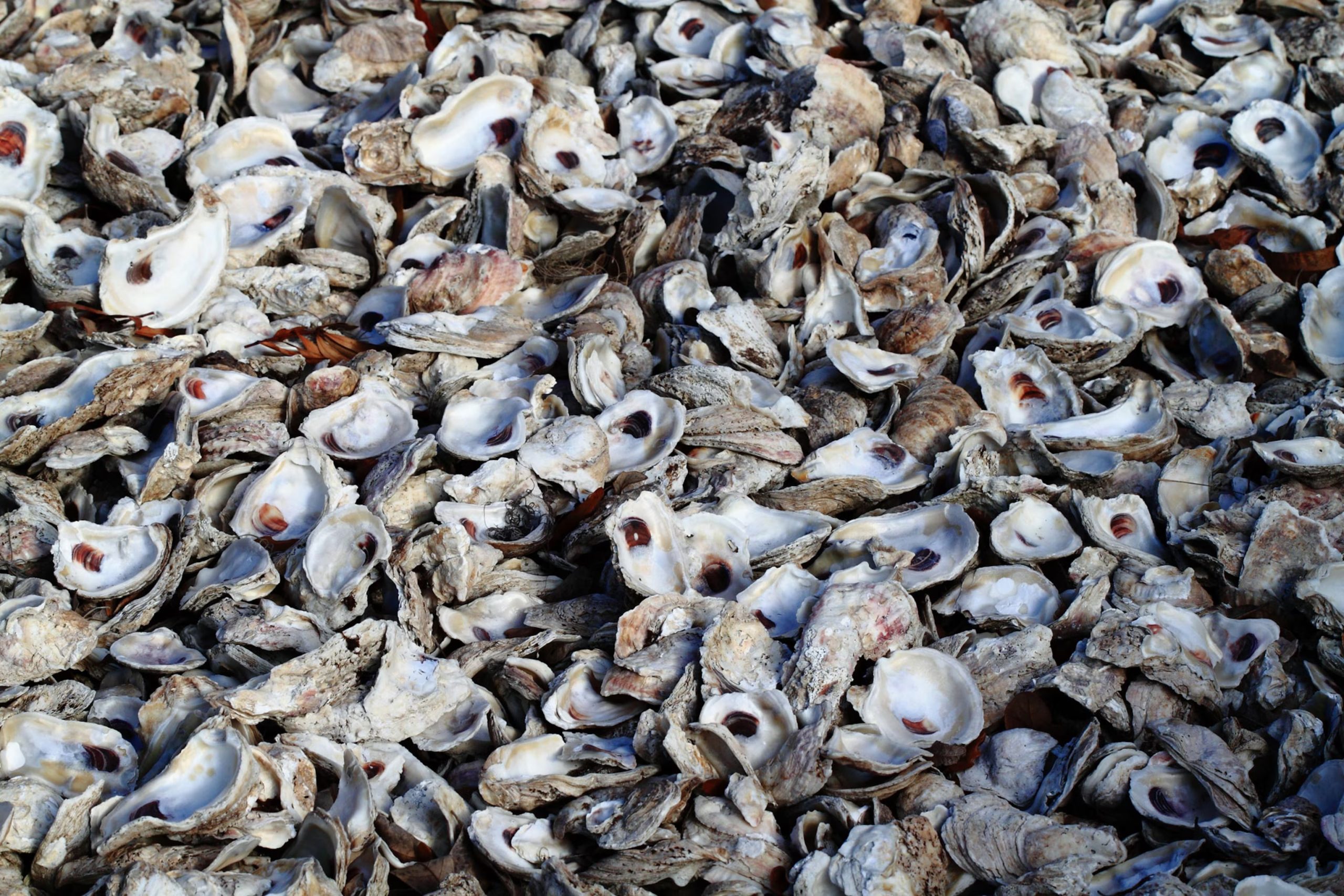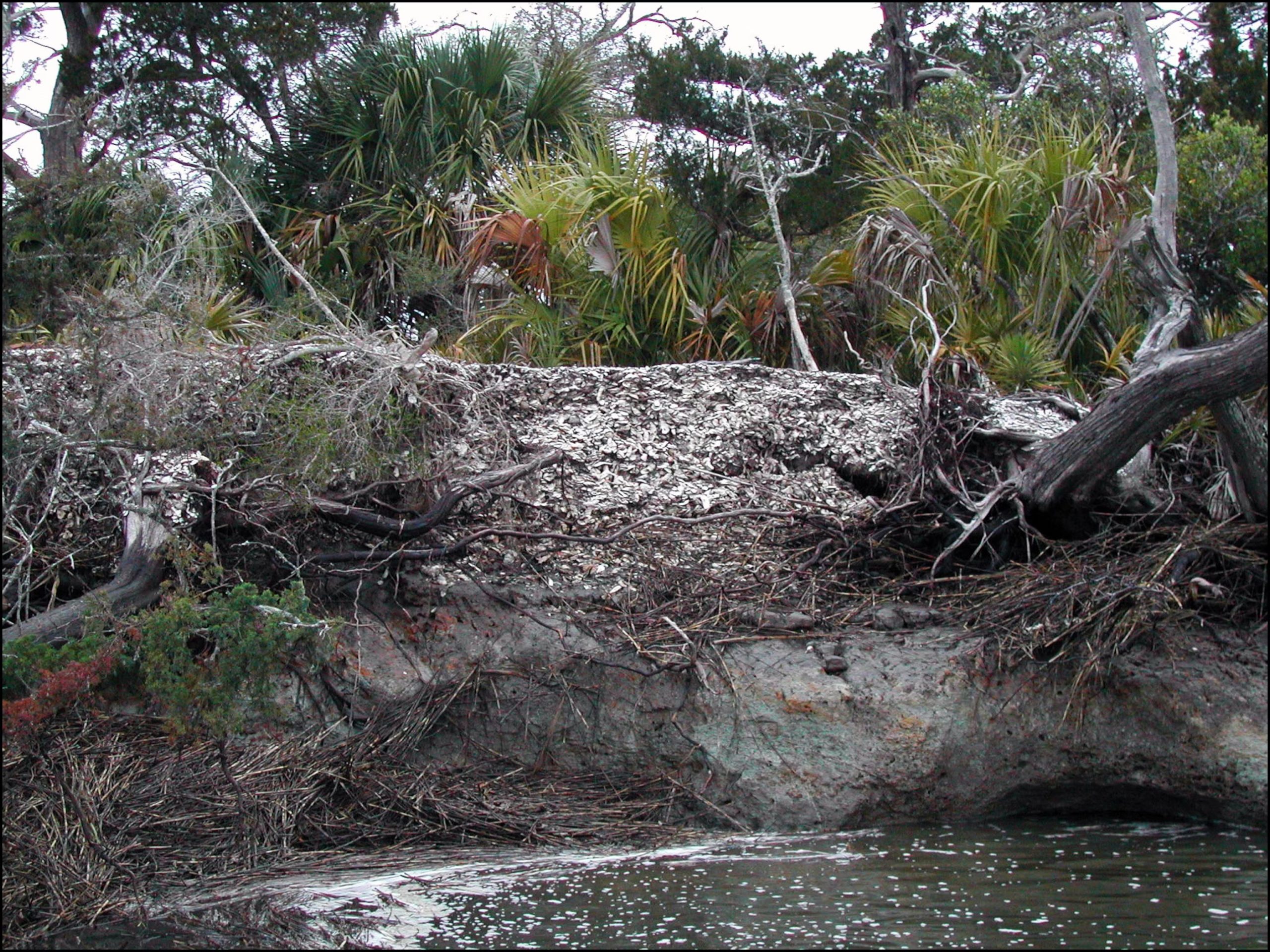Georgia’s barrier islands, often viewed as untouched natural areas, have actually been significantly shaped by human presence. Archaeologist Jacob Holland-Lulewicz and his team found that Indigenous communities, over thousands of years, left behind massive deposits of discarded oyster shells.
These shell mounds, now integrated into the islands’ physical structure, play a key role in shielding the shores from rising sea levels—reshaping conventional ideas of what it means for an environment to be considered “natural.”
Oyster Shells, Ancient Settlements, and the Enduring Impact of Indigenous Coastal Engineering
Scientific surveys reveal that the ancestors of the Muskogee Creek Nation were key players in shaping these islands. These communities relied heavily on oysters, leaving behind towering mounds of shells that today impact plant growth and topography. Some deposits are so prominent that they visibly influence the kinds of vegetation that thrive, like small-flowered buckthorn and Piedmont flatsedge. These findings show a lasting ecological legacy born from everyday Indigenous practices.

To uncover the scale of human impact, researchers dug methodically across four islands. They uncovered signs of ancient settlements—pottery shards, beads, and tools—in over 65% of the surveyed areas. Shell mounds appeared on a quarter of the islands, including one site on Sapelo Island composed of an estimated 1.6 billion oyster shells. Without these shell layers, portions of the islands, such as Patterson Island, would be vulnerable to submersion during high tides and storm surges, revealing how vital this human-altered topography has become.
Shells, Soil, and Settlement: How Centuries of Human Use Shaped Coastal Resilience
Interestingly, 18th-century plantation owners later took advantage of these transformed areas. They built rice, cotton, and indigo plantations on former Indigenous settlements, drawn to the rich, shell-infused soil. The Gullah-Geechee people, descendants of enslaved Africans, also recognized the value of this ground. These layers of history reveal how the ancient shell deposits continued to influence human use and settlement long after their original creation.
This research contributes to a growing re-evaluation of conservation philosophies. Archaeologists and environmentalists argue that not all human influence is harmful. Groups like Shell to Shore are reviving ancient practices by reintroducing oyster shells to coastlines, strengthening natural defenses against climate change. This deep-time perspective reminds us that sustainable stewardship has long existed—and could inspire future solutions for resilient coastal living.


